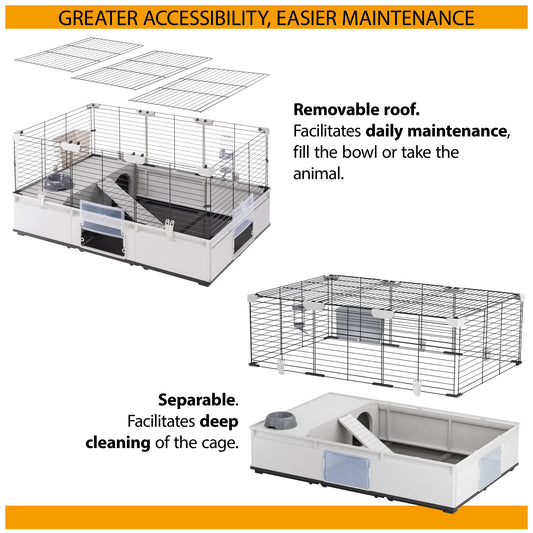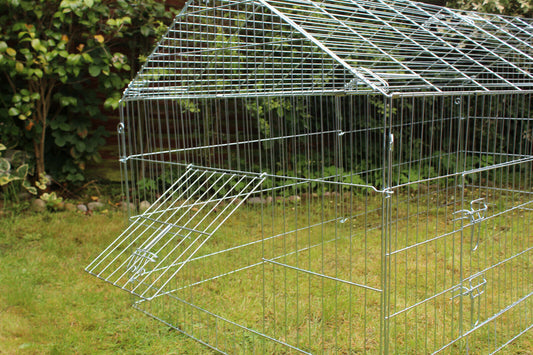Why does my cat knead?
Kneading – or ‘making biscuits’ as some owners refer to it – is the commonly seen behaviour in cats where they push in and out with their front paws, alternating left and right, in a rhythmic movement. This is done on cushions, blankets, beds, soft toys and laps, and is often accompanied by a glazed expression or trance-like state.
No one knows for sure why cats do this but feline behaviourists have speculated and come up with a few different theories.
Kitten behaviour
It is generally thought that the behaviour, which serves an important function in kittens, can carry on into adulthood. Kittens knead their mothers around their teats when nursing to stimulate the flow of milk and it is thought that long after cats have a need for milk, they still associate the action of kneading with the rewarding comfort of their mother. They may carry on the action as a way of soothing themselves and as an aid to relaxation.
A sign of love and happiness
The plunging of needle-like claws into your thighs might seem an odd way to say ‘I love you’ but if your cat does this on your lap while you are stroking them, you should take it as a compliment. It is thought that a cat will knead in response to stroking as a way of reciprocating affection.
Behaviourists believe that cats knead their paws as a way of showing pleasure and contentment, so it is also a sign that you have a happy cat. It seems that the happier a cat, the harder the kneading, and your cat won’t realise that their claws are causing you any pain.
Territory marking
Cats are territorial animals and have scent glands on the bottom of their paws that secrete a pheromone when pressed. Cats use this to mark their scent. It could be that by kneading furnishings or their owners’ laps, cats are staking claim on an area, telling other cats that a particular space is taken and that they should keep away.
Nesting
The ancient wild ancestors of our pet cats would have made themselves beds by flattening long grass and foliage so that they had somewhere safe and comfortable to sleep or give birth. This action of nesting would also allow cats to check for predators before they settled down to nap. Domestic cats appear to have the instinct so embedded in them that this action endures despite having designated cushions and a lack of predators.
How to stop your cat kneading
As kneading is a natural and inherent instinct passed down to cats from their ancestors, it is not right that you should try to stop it. Even if you feel like your cat is treating you as a pin cushion, you should never punish them for engaging in normal feline behaviour.
If you can’t take the pain of your cat’s claws, keep a cushion or folded up blanket handy on the sofa so you can put it on your lap each time your cat comes up for a cuddle. You could also try distracting your cat with a game and give them a toy to focus on if you need to give your lap a rest.
Ensure your cat’s claws are kept trimmed. If you have a cat with access to the outside, or you have a scratching post indoors that they use, there shouldn’t be a need for their nails to be clipped as they will naturally wear them down through scratching. However, if your cat doesn’t and they become too long, you may need to trim them yourself or ask your vet to do it.
Shop All Cat
If you found this article interesting, you may like:









